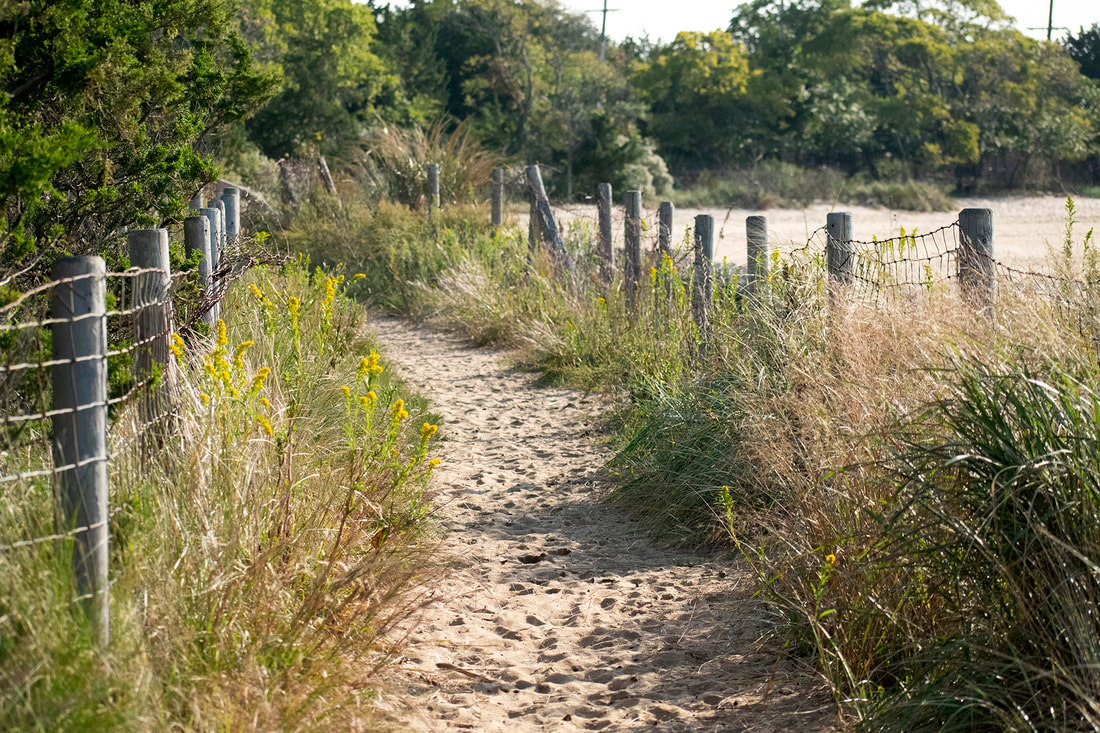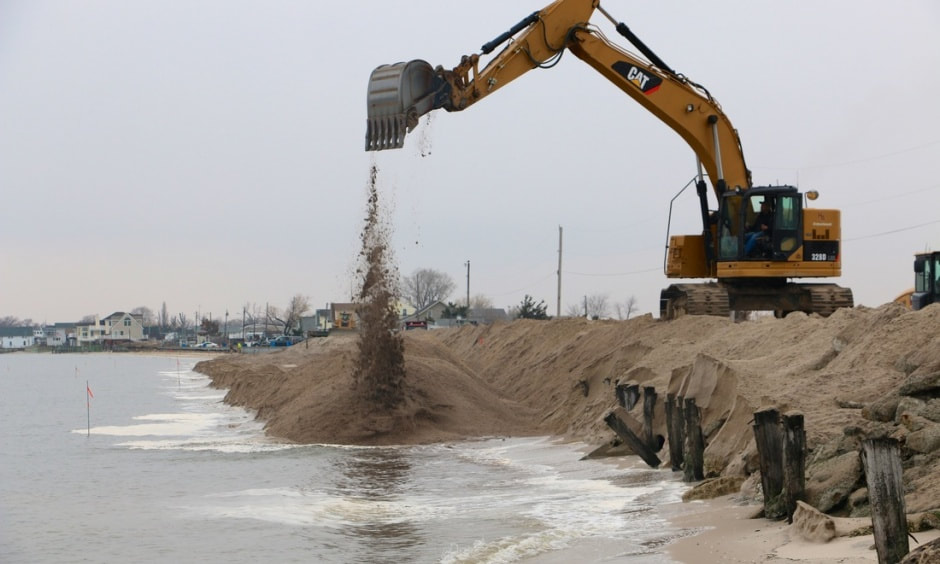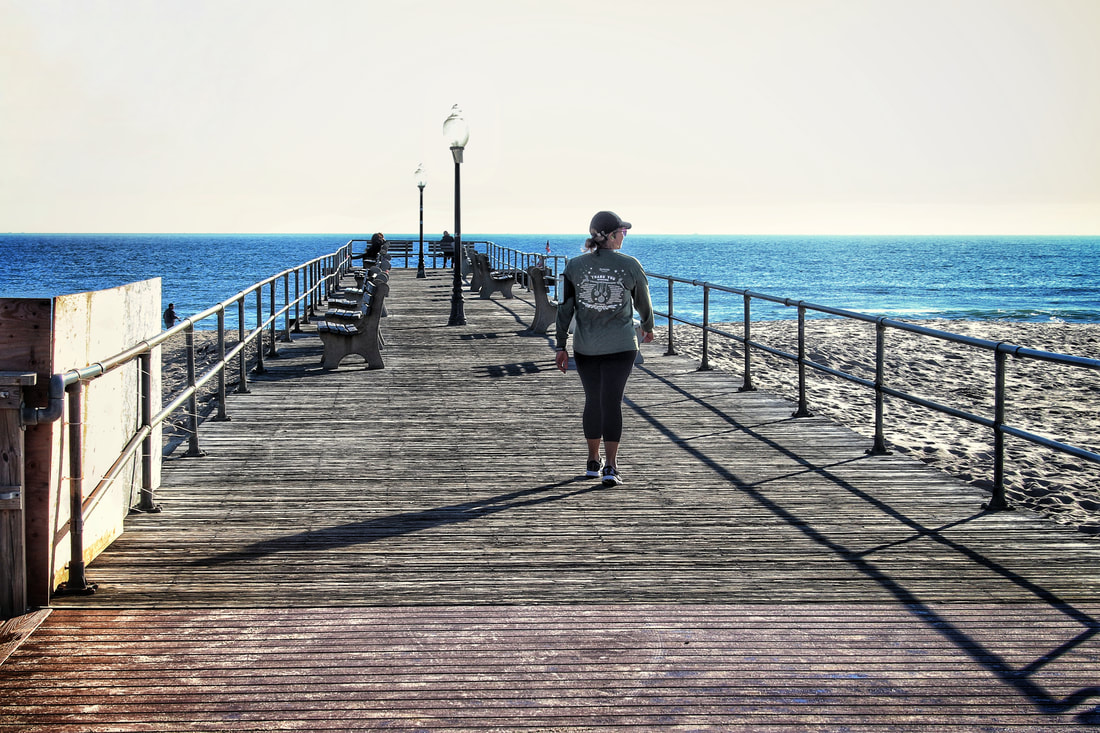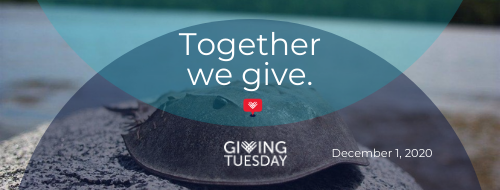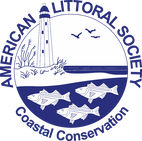|
For the first time in over 35 years, the American Littoral Society is going virtual with our annual New Year’s Day walks. Although Covid may have put a crimp in this tradition, you can still start the year with a walk in the great outdoors in two different ways.
First, the Society's staff put together a list of their favorite trails local to our offices and their homes on Alltrails.com. Click the first link to explore the list, or the second to search for other trails near you. Or keep on your best PJ's, pull up a comfy chair, grab a hot cup of cocoa, and tune in to the Northeast Chapter's annual walk from the comfort of home via Facebook Live at 11 a.m. on Friday! Click Interested or Going through the Facebook event and you will be notified when the virtual walk begins. 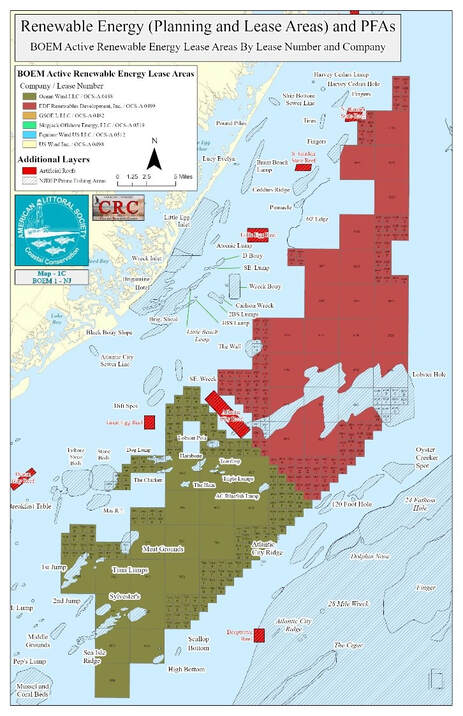 The American Littoral Society recognizes the development of offshore wind as an important component in the fight against climate change by replacing demand for energy production from dirty, polluting fossil fuel sources with clean, renewable energy sources. Development of offshore wind must be responsibly sited, and guided by continuous stakeholder participation. Governor Murphy has taken bold and swift action to make New Jersey a leader in climate mitigation, in large part, by setting robust renewable energy goals for the development of offshore wind farms to power our communities. The Governor’s plans also smartly required development of an Offshore Wind Strategic Plan (OWSP) by the NJ Board of Public Utilities (BPU) as a roadmap to guide New Jersey to meet the statewide goal of 7500 Megawatts of energy coming from offshore wind by 2035. In making New Jersey’s offshore wind goal a reality, wind energy projects will likely span hundreds of thousands of acres on leased ocean bottom off New Jersey’s coast, with the energy they produce cabled back to our shores. In fact, we already know that close to 100 wind turbines and 2 main cable routes will be built within the next couple of years just to meet the state’s first target for producing 1100 Megawatts of wind energy (Ocean Wind LLC). Funding will help Fortescue Beach, located in Downe Township, NJ, to be better prepared for future extreme weather events Work to restore Fortescue Beach began in 2015. Downe Township, NJ, September 16, 2020 – Today, the American Littoral Society announced that it has received a $500,000 grant to improve horseshoe crab and shorebird habitat at South Jersey’s Fortescue Beach, while also making the shore more resistant to coastal storms and sea level rise.
The grant comes from the Resilient Communities Program, a collaboration between Wells Fargo and the National Fish and Wildlife Foundation (NFWF) that aims to help communities better prepare for and respond to climate-related natural disasters by investing in green infrastructure. The Resilient Communities grant unlocks an additional $522,440 in matching funds from external sources for a total conservation impact of $1,022,440. The project will improve the resiliency of 0.34 linear miles (5.8 acres) of important horseshoe crab spawning and red knot foraging beach habitat in Downe Township, NJ by creating up to 1,200 linear feet of hybrid living reef breakwaters that will minimize sand loss during winter storms. The project will engage eight local partners, 250 volunteers and reach 2,500 people through our existing outreach programs, which include horseshoe crab tagging and re-sighting. The project is a partnership between the Littoral Society, Wildlife Restoration Partnerships, and Stockton University, with support from the US Fish and Wildlife Service and the NJ Department of Environmental Protection, Division of Fish and Wildlife. 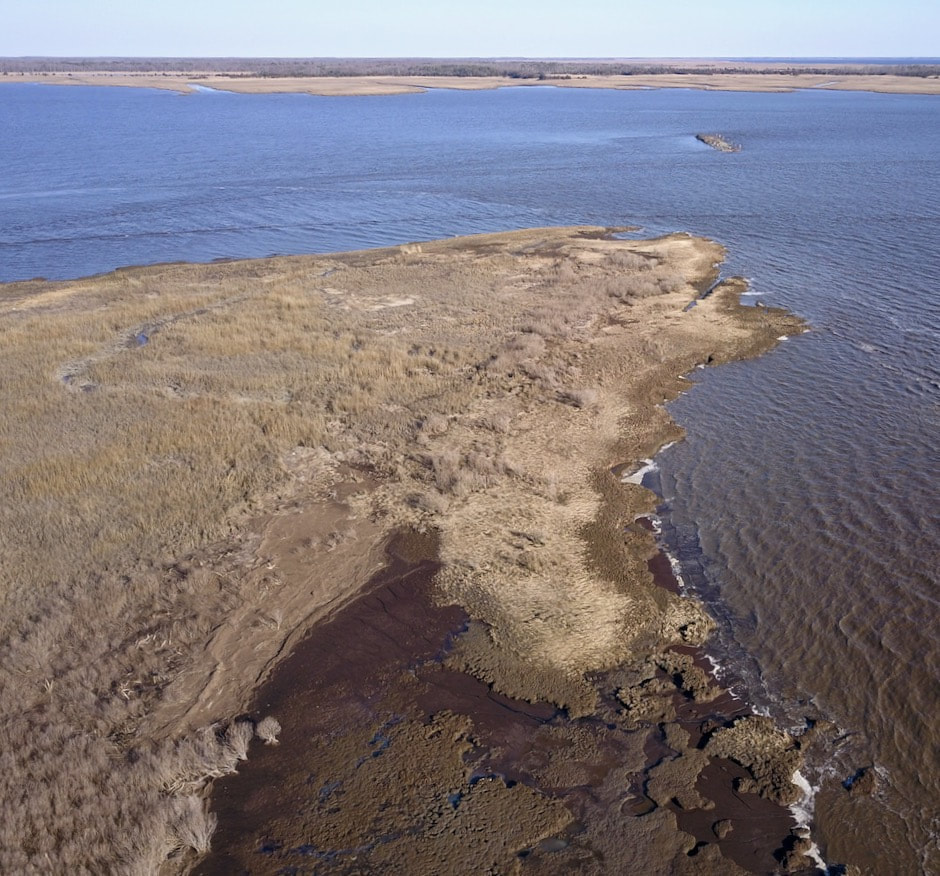 Basket Flat at the mouth of the Maurice River in southwestern New Jersey. WASHINGTON, D.C., Nov. 17, 2020 – The National Fish and Wildlife Foundation (NFWF) and National Oceanographic and Atmospheric Administration (NOAA) today announced more than $37 million in new grants from the National Coastal Resilience Fund (NCRF) that will support coastal resilience projects in 25 states and U.S. territories. The 46 grants announced today will generate $55 million in matching contributions for a total conservation impact of $92 million.
The NCRF grants will contribute to the restoration or enhancement of natural features such as coastal marshes and wetlands, dune and beach systems, oyster and coral reefs, mangroves, forests, coastal rivers and barrier islands. These natural buffers can help reduce the impacts of storms, rising sea levels and other extreme events on nearby communities and habitats. The American Littoral Society, a membership-based coastal conservation organization headquartered in Highlands, New Jersey, was awarded $4.9 million for its proposed work Restoring Ecologically Beneficial and Resilient Infrastructure at the Mouth of Maurice River (NJ). 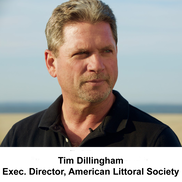 Man, do we need something to celebrate. No one wants to read a recitation of the challenges we have faced during the past year as Americans and people who care about the coast, much less those burdens unique to our own lives and paths. So, as we head into the shortest days of the year, which will bring to many the cold winds of winter, lets focus on celebration. Let’s celebrate the coast. Let’s celebrate the salt life. According to a Giving USA 2019 report, only 3% of philanthropic giving across income levels in the United States, goes to the environment and that is up from previous years. As coronavirus persists, sea levels continue to rise, while water and air pollution levels increase. Your support is integral to the health of our local waterways and communities!
The American Littoral Society is participating in #GivingTuesday today because we need your support. Today we celebrate the mission of promoting the study and conservation of marine life and habitat, protecting the coast from harm, and empowering others to do the same; and honor all the work that would not be possible without supporters like YOU. Now more than ever the coast, your coast, needs your help. |
Archives
July 2024
Categories
All
|

